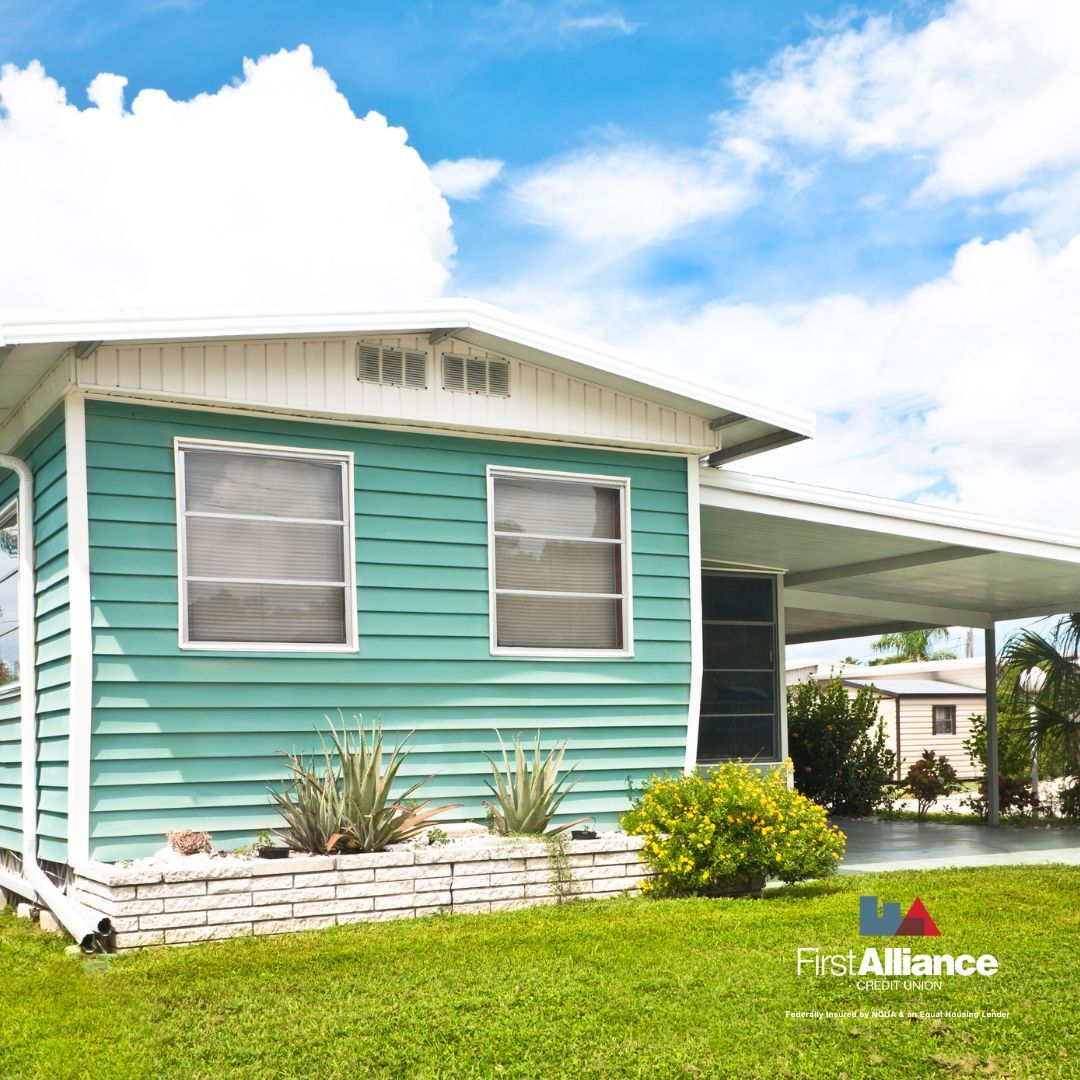How to Secure Financing for Manufactured Homes: Expert Advice
In recent years, potential homeowners have been increasingly interested in manufactured homes. But, what's the appeal? Simply put, manufactured...

Maya is tired of rising rent. She finds a clean two-bedroom manufactured home in a well-run park near work. The price fits her budget. She needs a loan that keeps monthly life steady and a path that gets her approved without surprises. Follow Maya’s steps so you can follow the same plan with confidence.

Maya starts with the home itself. Homes in parks are often financed with a home-only loan where the home is the collateral and lot rent is paid to the park each month. To be eligible, the home must meet the HUD code, which is the federal safety standard for manufactured homes that began on June 15, 1976. She checks for HUD tags on the exterior and a data plate inside a cabinet. She also confirms the serial or VIN on the home matches the title, which proves ownership. The Vehicle Identification Number or VIN is the home’s unique ID and the title is the legal ownership paper. With those checks done, she can move forward.
Maya also confirms the park allows her home type. Many parks accept HUD-code single wide and double wide homes if they meet community rules. She asks for the rules in writing and saves them for her loan file.
Before applying, Maya builds a simple budget. Lenders measure debt to income ratio to see if the payment fits. Debt to income ratio means your monthly debts plus your new loan payment plus lot rent, divided by your before-tax monthly income. The result is a percentage. Lower is better because it shows more room in your budget.
Maya runs the math. If lot rent is $450, her new loan payment is $500, and other monthly debts are $150, total debts are $1,100. With income of $3,400, her debt to income ratio is 32%. That number gives her confidence to apply. She also pays down a small credit card balance to improve the ratio and help her approval odds.
Approval is about three things working together. The borrower must be steady. The home must meet rules. The park must approve the resident. Maya looks at each item before she applies so there are no surprises later. She prints the park rules, makes a simple budget, and saves every document to one folder.
Borrower: Maya gathers pay stubs and keeps her credit card balance low so her ratio looks healthy
Home: She photographs the HUD tags, data plate, and the serial or VIN so they match the title
Park: She applies early and gets a written approval letter with the current lot rent listed

Maya’s home sits on rented land, so she plans for a home-only manufactured home loan. She wants a predictable payment, so she asks about a fixed rate and a term that fits her budget. Her loan officer explains APR so she can compare offers correctly.
APR explained: APR means Annual Percentage Rate. It shows your yearly cost to borrow. It starts with the interest rate and adds most lender fees, then spreads that cost over the loan term. Because fees are included, APR is usually higher than the interest rate and is better for comparing offers. Some items often do not count toward APR, like late fees, certain third-party charges, or optional add-ons. Shorter terms can show higher APR because the same fees are spread over fewer years.
Maya looks at two offers. One has lower fees. One has higher fees. APR helps her see the real, all-in cost so she can choose the loan that fits her monthly budget today and still makes sense next year.
Maya also tests down payment choices. Borrowing $38,000 creates a higher monthly payment than borrowing $32,000 at the same rate and term. She adds a little more to her down payment so the monthly number fits her budget with room for groceries and gas.
Maya starts with preapproval so she knows her price range before shopping. Preapproval means a lender checks her information and confirms a target payment that includes lot rent. This saves time, sets expectations, and keeps emotions out of the decision.
Before sharing documents, Maya makes one digital folder and takes clear photos or scans. Three calm evenings of prep save a week later. She keeps the park’s approval process moving at the same time, since many lenders need written park approval and the current lot rent amount.
Lenders verify identity, income, assets, the home details, and the park details. They also need insurance information before closing. Being organized shortens timelines and reduces back-and-forth during underwriting.
Government photo ID, Social Security number, recent pay stubs, and W-2s to show identity and income
Last two months of bank statements and a list of monthly obligations to confirm assets and debts
Home purchase agreement, title, serial or VIN, HUD tags, data plate, and clear photos for collateral checks
Park approval letter, current lot rent amount, and written rules or the lot lease for community approval
Proof of manufactured home insurance with the first year premium listed for closing readiness
Confidently own your park home with predictable payments. Apply for a manufactured home loan today.
Maya’s lender orders a valuation to confirm the home supports the loan amount. Title work begins to confirm ownership and the serial or VIN. For a home-only loan, the lender records a lien on the title, which remains until the loan is paid in full. If the home was moved after its first setup, the lender may ask for details about transport and tie-downs to confirm a safe installation.
Underwriting may request a short letter of explanation for anything unusual, such as a recent job change or a brief credit hiccup. Maya answers with simple facts and dates so the file keeps moving. Once conditions are cleared, she schedules closing, reviews the fee list, and signs.
Courtney shares mobile home rehabilitation efforts and weatherization assistance
Maya’s monthly routine is simple. She pays her manufactured home loan to the lender. She pays lot rent to the park. They are separate payments. To stay organized, she turns on autopay in Online Banking for both. She also saves a small amount monthly for repairs so minor fixes do not wreck her budget. If she has a servicing question later, First Alliance Credit Union is available to help.
Maya confirmed the home met HUD rules, learned how debt to income ratio works, compared offers using APR, and kept documents organized. She got preapproved, answered requests quickly, and closed on time. Now she has a stable payment and a calmer month.
Visit First Alliance Credit Union for preapproval, help choosing the right manufactured home loan, a clear payment estimate, a documents checklist, guidance on park approval, an easy online application, calculators to test terms, Online Banking to set autopay, and friendly Loan Servicing after you close.

In recent years, potential homeowners have been increasingly interested in manufactured homes. But, what's the appeal? Simply put, manufactured...

For many Minnesotans, the dream of owning a home may seem out of reach due to financial barriers and the complexities of the housing market. However,

The Burns family has lived in their home for over 15 years. Their roof is showing wear, and they’ve been dreaming of updating their outdated kitchen....